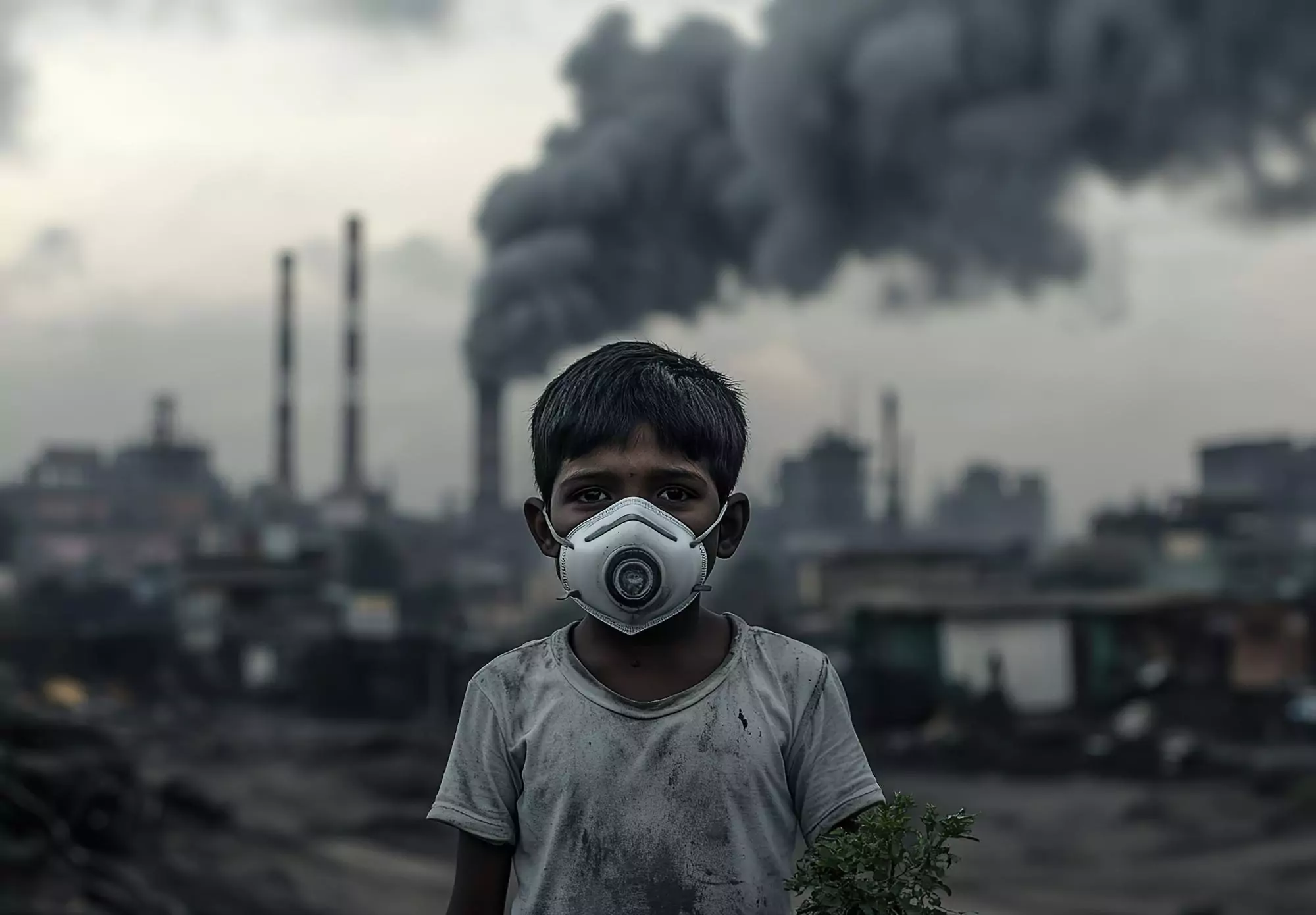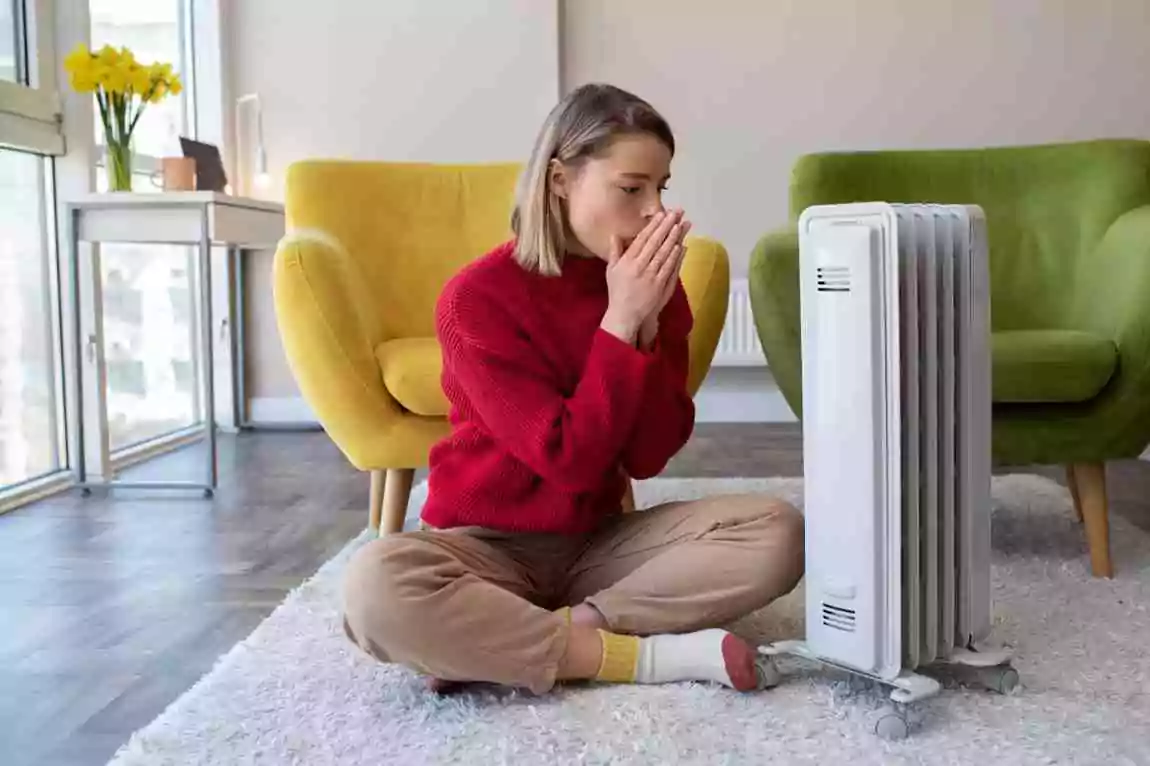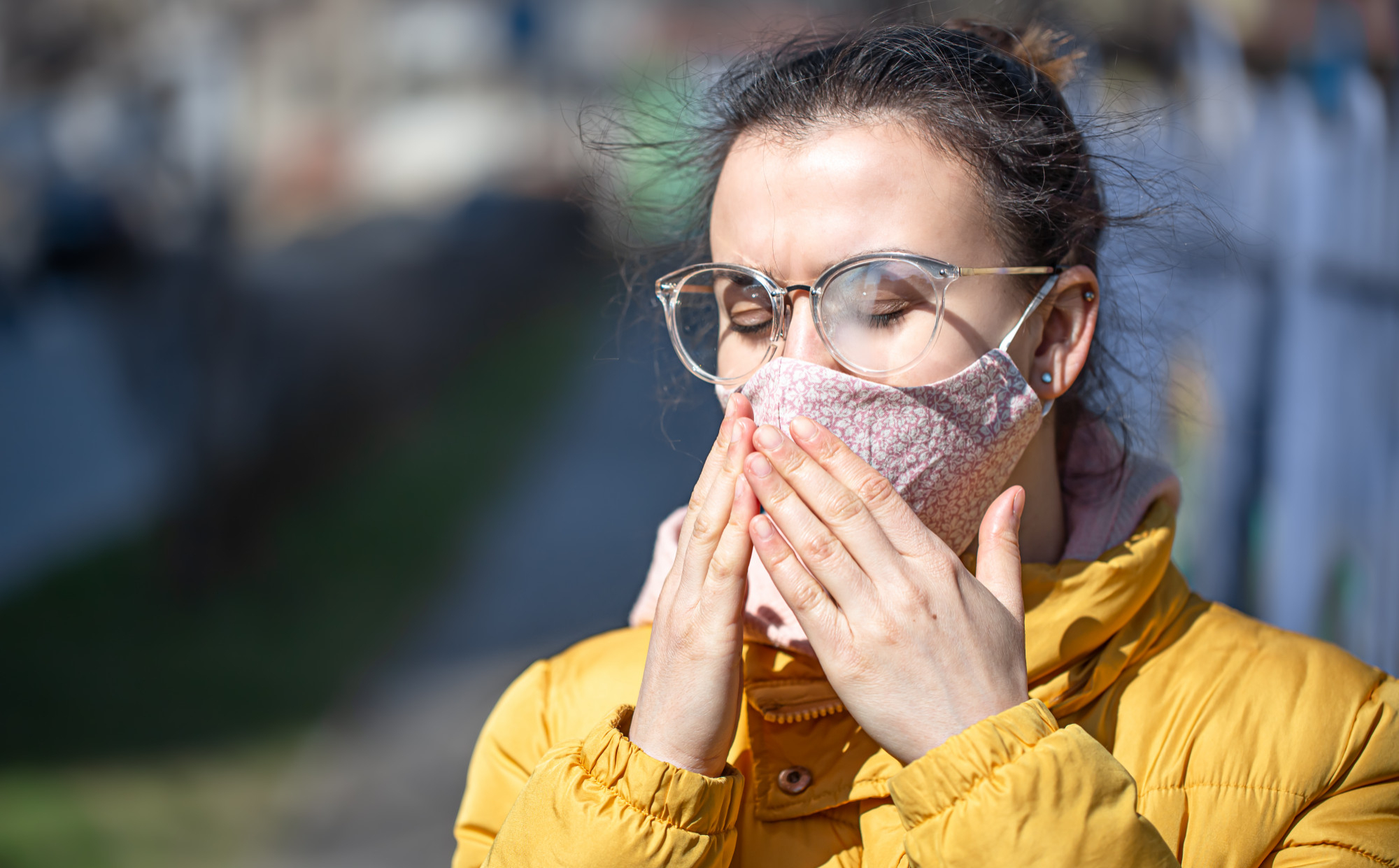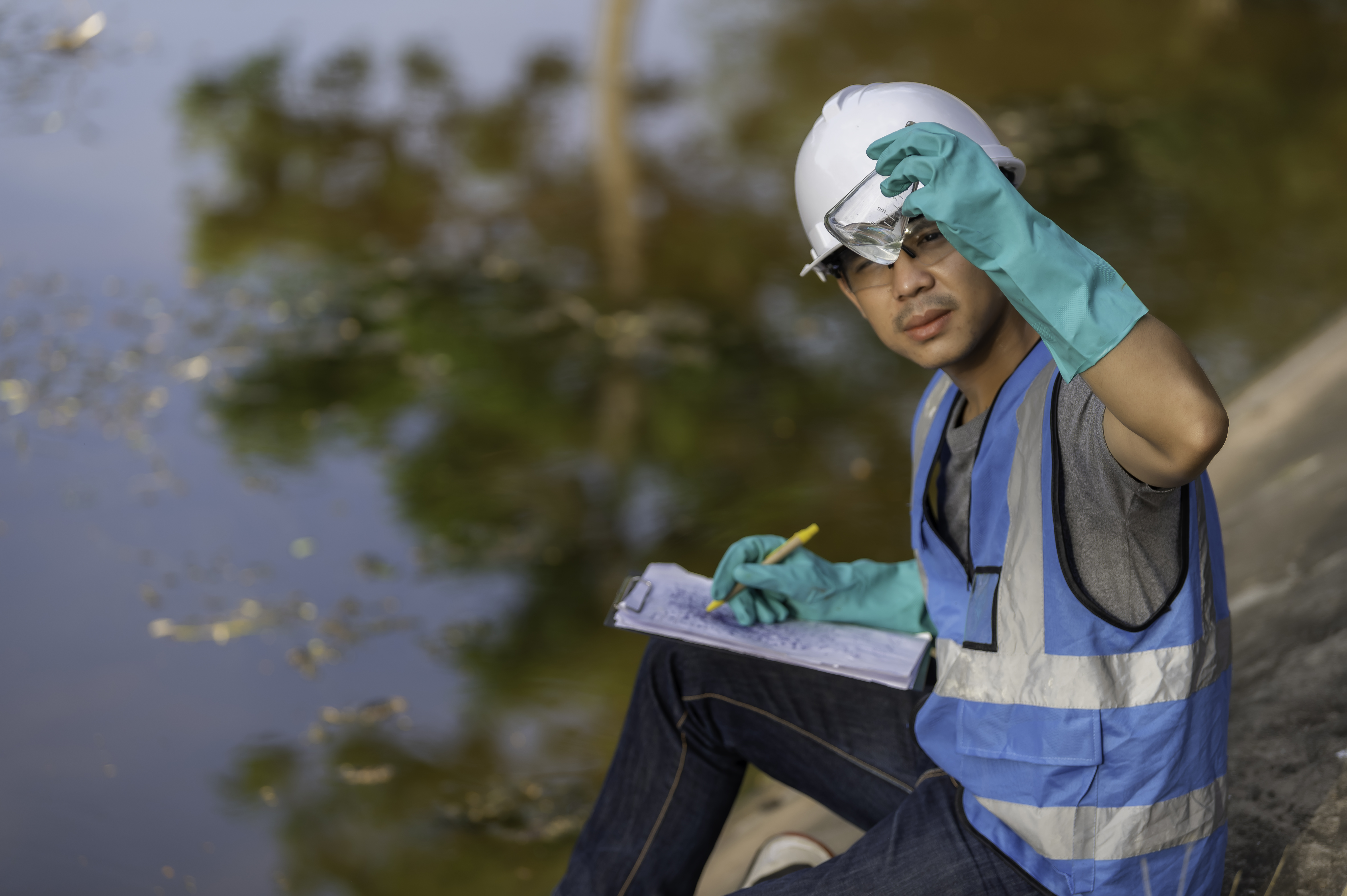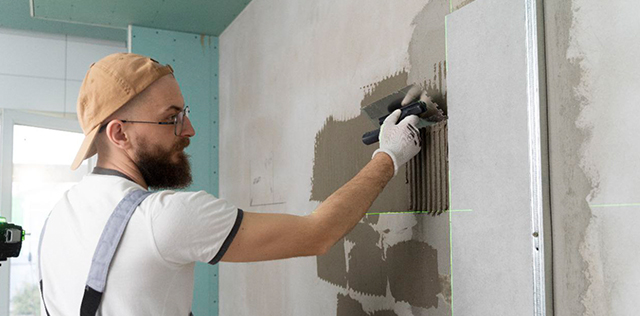Why Air Testing Services Are Essential for Your Health and Safety
- 12 May, 2025

Have you ever walked into a room and immediately felt sluggish, dizzy or unwell? It might not be the weather or your mood—it could be the air you're breathing.
As cities become more crowded and industrial activity increases, both outdoor and indoor air quality are deteriorating at an alarming rate. Many people wrongly assume that staying indoors shields them from pollution, but the reality is that indoor air can be up to five times more polluted than the air outside. With people spending up to 90% of their time indoors—at home, in offices, schools, or commercial buildings—air testing services have emerged as a crucial safeguard for long-term health and safety.
Whether you're considering a pollution check, an air quality check, or a home air quality test, it’s important to understand how these services work and why they are becoming indispensable.
This blog will guide you through the essentials of indoor air quality, highlight the most common pollutants, and offer practical advice on how professional and DIY solutions can help ensure you breathe cleaner, safer air.
Understanding Air Quality: What You Need to Know
Air quality refers to how clean or polluted the air is and is typically measured by the concentration of specific pollutants like particulate matter, volatile organic compounds, and gases like carbon monoxide. Poor indoor air quality can stem from a variety of sources, even in seemingly clean environments.
Poor air quality isn’t just a seasonal or urban issue; it can affect any enclosed space due to:
- Inadequate ventilation or sealed buildings
- Daily use of chemical-laden cleaning products
- Humidity-related growth of mold and mildew
- Gases released from electronics, carpets, and furniture
- Indoor cooking without proper exhaust systems
The Air Quality Index (AQI) helps categorize pollution levels from good to hazardous. However, indoor AQI can differ drastically from what's reported outdoors.
The Importance of Regular Air Quality Checks
Air quality monitoring is not a one-time action—it’s an ongoing responsibility. Conducting regular air quality checks helps identify trends and emerging issues before they escalate into serious health or operational problems.
Here’s why:
- Early Detection: Identifies pollutants before they reach harmful levels.
- Health Protection: Prevents respiratory issues, fatigue, and long-term illnesses.
- Legal Compliance: Offices must comply with workplace safety regulations.
- Peace of Mind: Knowing your air is clean reduces anxiety and improves productivity.
Just like you service your car or schedule a health check-up, an air quality check ensures your indoor environment is safe and efficient.
Common Pollutants and Their Effects on Health
Understanding what could be lurking in your air is the first step to improving it. Here are some common indoor air pollutants:
- PM2.5 and PM10 (Particulate Matter): Ultra-fine particles from dust, smoke, or vehicle emissions that can penetrate deep into the lungs and bloodstream.
- Volatile Organic Compounds (VOCs): Emitted from paints, solvents, cleaning products, and furnishings. Linked to organ damage, skin irritation, and cancer.
- Carbon Monoxide (CO): A colorless, odorless gas that interferes with oxygen delivery in the body; extremely dangerous in high doses.
- Mold and Mildew: Fungal growth in damp or humid areas that can cause allergic reactions, asthma, and respiratory infections.
- Formaldehyde: Released by furniture, adhesives, and construction materials. Known to be a human carcinogen.
Health Impacts of Poor Indoor Air Quality:
- Frequent headaches and dizziness
- Increased fatigue and decreased productivity
- Eye, nose, and throat irritation
- Worsening of asthma and allergy symptoms
- Long-term exposure may contribute to heart disease, neurological disorders, and certain cancers.
Understanding the health risks of these pollutants makes a compelling case for proactive testing and mitigation.
How Air Testing Services Work
Professional air testing services bring scientific accuracy and expert insights into indoor air diagnostics. Here’s a closer look at the step-by-step process:
- Preliminary Inspection: Experts conduct a site walk-through to understand room usage, airflow, moisture levels, and potential pollution sources.
- Air Sampling: High-quality monitors and samplers are used to collect air data over a specified duration.
- Laboratory Analysis: Collected samples are tested in accredited labs for chemical, biological, and particulate contaminants.
- Data Interpretation: Clients receive a comprehensive report that outlines pollutant concentrations, their sources, and the potential health impacts.
- Custom Recommendations: Based on findings, professionals suggest corrective actions like source control, improved ventilation, filtration systems, or green building materials.
Many companies also offer follow-up assessments to measure the effectiveness of implemented solutions.
Choosing the Right Air Testing Service
With increasing awareness, the market is now filled with service providers, but quality varies. Choosing the right partner can make all the difference.
Look for the following qualities:
- Accreditations: Ensure the service provider follows ISO, NABL, or similar quality standards.
- Range of Testing: A good provider will test for VOCs, gases, mold, particulate matter, and biological agents.
- Experience: Choose companies with proven expertise in both residential and commercial environments.
- Transparency: Reports should be clear, jargon-free, and include actionable insights.
- Post-Service Support: Whether it’s help with regulatory compliance or ongoing air monitoring, choose a provider who offers continued support.
Actionable Steps for Homeowners: Conducting Your Own Air Quality Test
While professional testing is ideal, homeowners can take meaningful first steps to monitor and improve their indoor air.
Here’s how:
- Invest in an Air Quality Monitor: Devices that detect PM2.5, VOCs, CO2, and temperature/humidity are now affordable and easy to use.
- Stay Alert to Symptoms: Consistent coughing, itchy eyes, or bad odors may point to indoor pollution.
- Ventilate Often: Open windows during daylight hours and use exhaust fans in kitchens and bathrooms.
- Switch to Non-Toxic Cleaners: Natural products like vinegar and baking soda reduce VOC levels.
- Control Humidity: Dehumidifiers and air purifiers help maintain a healthy indoor environment.
- Avoid Smoking Indoors: Secondhand smoke is a major indoor pollutant.
- Use Green Plants: Certain houseplants can help filter pollutants, though they’re not a substitute for testing.
DIY test kits are available for basic detection, but for a complete picture, lab-tested services are far more reliable.
Long-term Benefits of Air Testing for Health and Safety
Investing in air testing services provides more than just a clean environment. Here’s what you gain:
For Homes:
- Better sleep quality
- Fewer visits to the doctor
- Safer environment for children and the elderly
- Increased property value through green certification
For Workplaces:
- Higher employee satisfaction and retention
- Reduced absenteeism and sick leaves
- Compliance with health and safety standards
- Positive brand image as an employee-first company
Long-term exposure to indoor pollutants has been linked to chronic illnesses. Early detection and mitigation can prevent expensive medical bills and lost workdays.
Conclusion
Clean air isn’t a luxury—it’s your right. From busy offices to quiet bedrooms, the quality of the air you breathe has a direct and lasting impact on your physical health, mental clarity, and quality of life. As invisible pollutants become more prevalent, relying solely on perception or guesswork isn’t enough.
Air testing services offer a powerful, data-driven way to reclaim control over your indoor spaces. Whether you're a homeowner wanting a safe haven or a business ensuring compliance and care for employees, the benefits are universal.
Don't wait for warning signs or legal mandates. Take action now. Schedule a professional air quality check today—and take the first breath toward a cleaner, safer future.
Related Blogs
The Impact of Climate Change on India's Agriculture and Food Security
- 23 September, 2024

